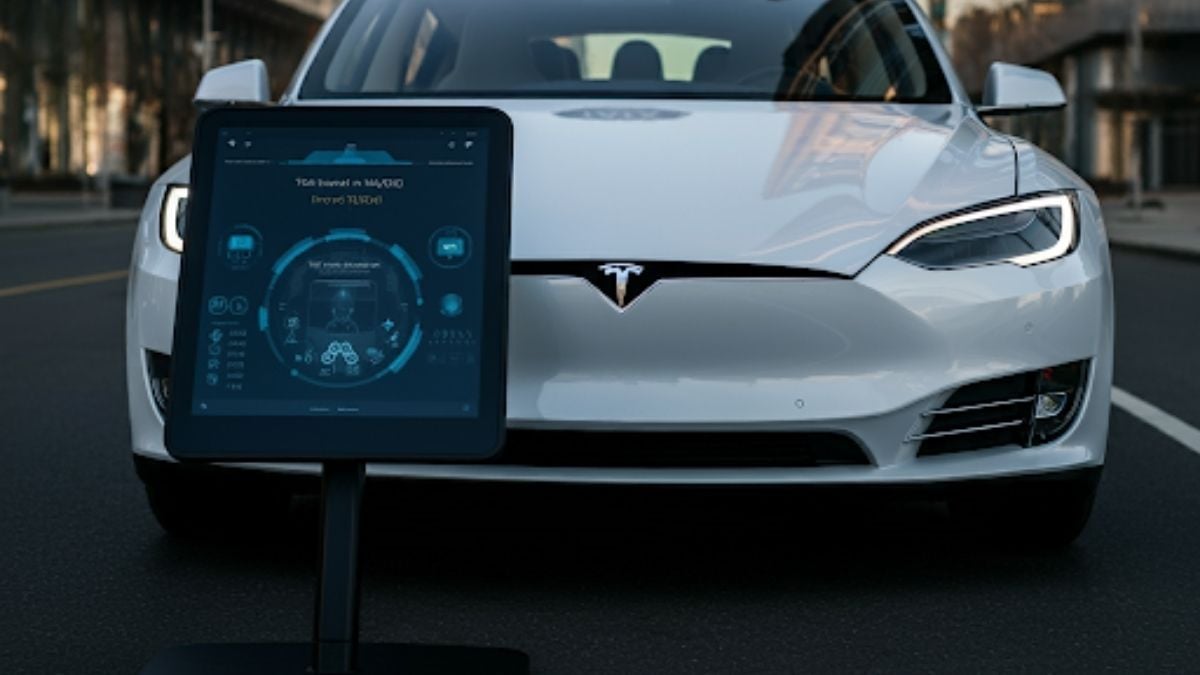The Tesla Robo Taxi prototype is stunning particularly when compared to other similar effort. In addition, it has rotating seats to allow those in front to interact with those in the back though I don’t believe this feature is not yet fully approved by the NHTSA (National Highway Traffic Safety Administration).
Many of the early electric car modes we analysts developed and reviewed over a decade ago predicted that once we get to a critical mass of robo taxis in any area car ownership would drop off a cliff. This is because, economically car ownership doesn’t make sense if there is a well-priced autonomous taxi alternative.
Why Owning Cars Will Become Largely A Thing Of The Past
If you think about it, car ownership, if there is a good, shared alternative, doesn’t make much sense. These are expensive assets and, on average, are only used around one hour a day. That makes for an extremely expensive hour if you factor in the cost of depreciation, gas, maintenance, insurance, and garage space.
A subscription car service should be very competitive to this cost because the cars would be used more heavily and left sitting far less often so the cost would be spread, even with profit, across a number of users not just one.
Long trips would be a problem but with the likely increase in spending for high-speed rail (granted this is more of a thing in Asia and Europe right now, but the US is moving to catch up).
As a result the eventual economics of a strong autonomous car service would take time to overcome past practices but younger generations appear to be already avoiding car ownership.
I believe this trend sets a timeline of around 2030 – 2040 for when these services overcome personal car ownership. This would be somewhat consistent with the time it took to get horse drawn carriages off the road. By the way, is you click on this link, it will showcase that this timeline is also consistent with the rise of electric cars and their likely displacement of gas cars. However, companies that made hay didn’t have the kind of clout that petrochemical companies have in terms of slowing this trend so, I expect, the trend to electric cars (and electric cars are what are being considered for Robo Taxis) will take longer thus the range I’m providing.
The Critical Path
One of the big issues on the critical path to success for electric Robo Taxis is easy charging. Where these will be most popular will be in cities where car ownership is already problematic and existing mass transit is insufficient. But fast charging in cities would likely require automated charging stations (these cars are autonomous after all) or wireless charging stations which would need to be built at scale and don’t exist other than for testing today.
This element is on the critical path to success and likely will take some time to complete and with electrics and charging there has been a significant cart and horse issue with charging already where we didn’t put in adequate charging until well after we actually needed it. Tesla is, of course, the exception and they were the only electric car company that did charging properly which is why they have been able, up until China entered in force, to be truly successful with electric cars early on.
Wrapping Up:
Just like some people still have horses, it is likely we’ll have gas and self-cars around for an indefinite period. But, as with horses, in ever-decreasing numbers and it is likely self-driven cars will be forced off most road and especially highways, for safety reasons, just as horses were once autonomous cars hit critical mass. In addition, gas stations will begin to fail as ICE cars decline so, even if you are allowed to drive long distances, the range anxiety problem will flip from electric to gas cars at that time.
I do expect that in areas with low population densities gas and self-driven cars will last far longer than in cities. In the end, this move to autonomous electric vehicles begins the eventual decline of self-driven and gas cars.





